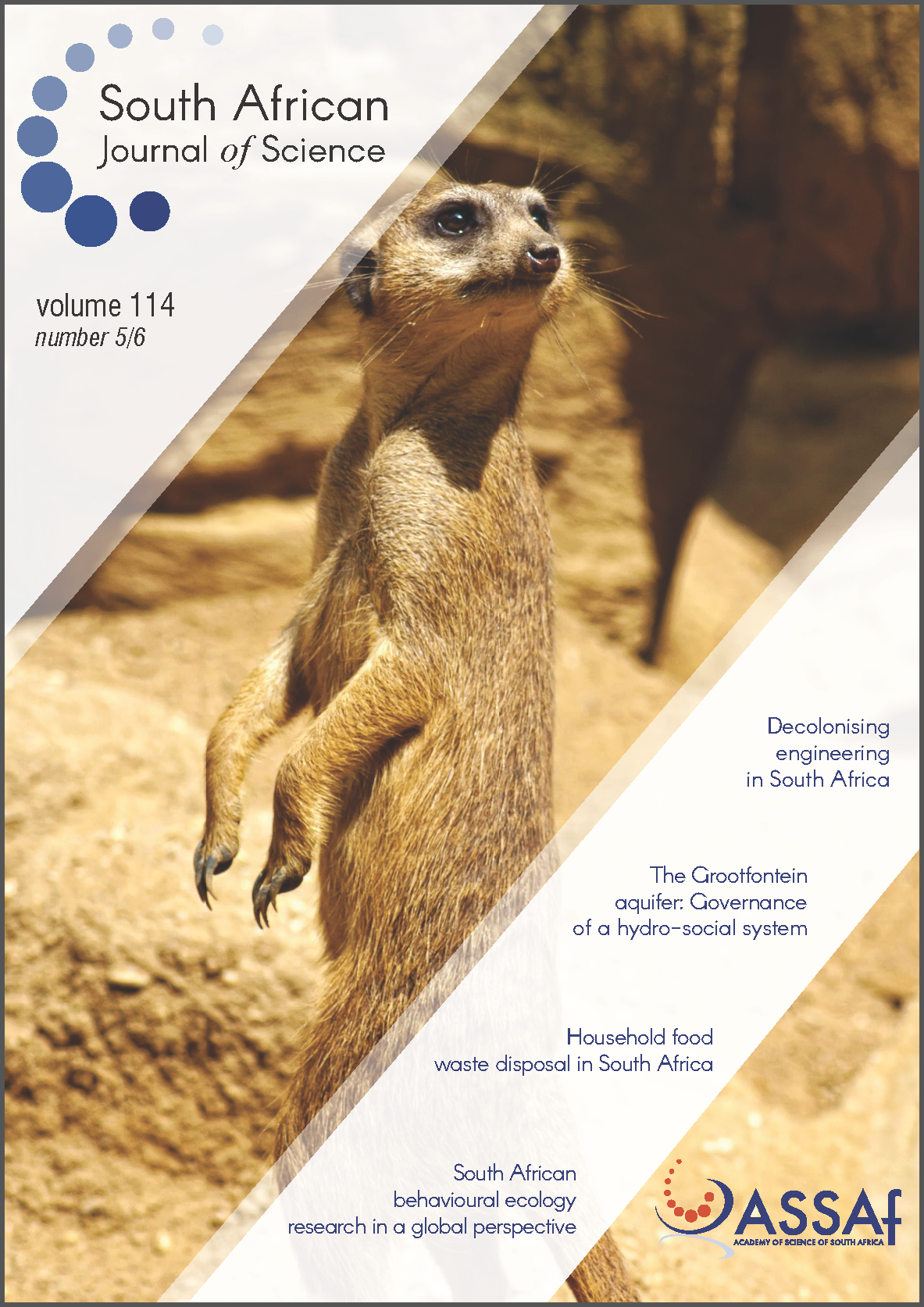Power laws, demography and entrepreneurship in selected South African regions
DOI:
https://doi.org/10.17159/sajs.2018/20170255Keywords:
power laws, Zipf’s law, demography, entrepreneurship, agglomeration patternsAbstract
Statistically significant Pareto-like log-log rank-size distributions were recorded for population and enterprise agglomeration in the towns of three different regions of South Africa, and are indicative of skewed distributions of population and enterprise numbers in regional towns. There were no distinct differences between groups of towns of regions from different parts of the country. However, the regional agglomerations differed from those of groups of towns randomly selected from a database. Regions, therefore, appear to have some uniqueness regarding such agglomerations. The identification of Zipf-like links between population and enterprise growth in regional towns still does not fully explain why some towns grow large and others stay small and there is a need to further explore these issues. The extreme skewness in population and enterprise numbers of different towns’ distributions should, however, be considered in local economic development planning and execution.
Significance:
- This contribution illustrates that the populations and enterprises of South African regional towns are distributed in orderly ways (called Pareto distributions) that result in some being large/many and others small/few.
Published
Issue
Section
License

All articles are published under a Creative Commons Attribution 4.0 International Licence
Copyright is retained by the authors. Readers are welcome to reproduce, share and adapt the content without permission provided the source is attributed.
Disclaimer: The publisher and editors accept no responsibility for statements made by the authors
How to Cite
- Abstract 730
- PDF 574
- EPUB 249
- XML 295












.png)